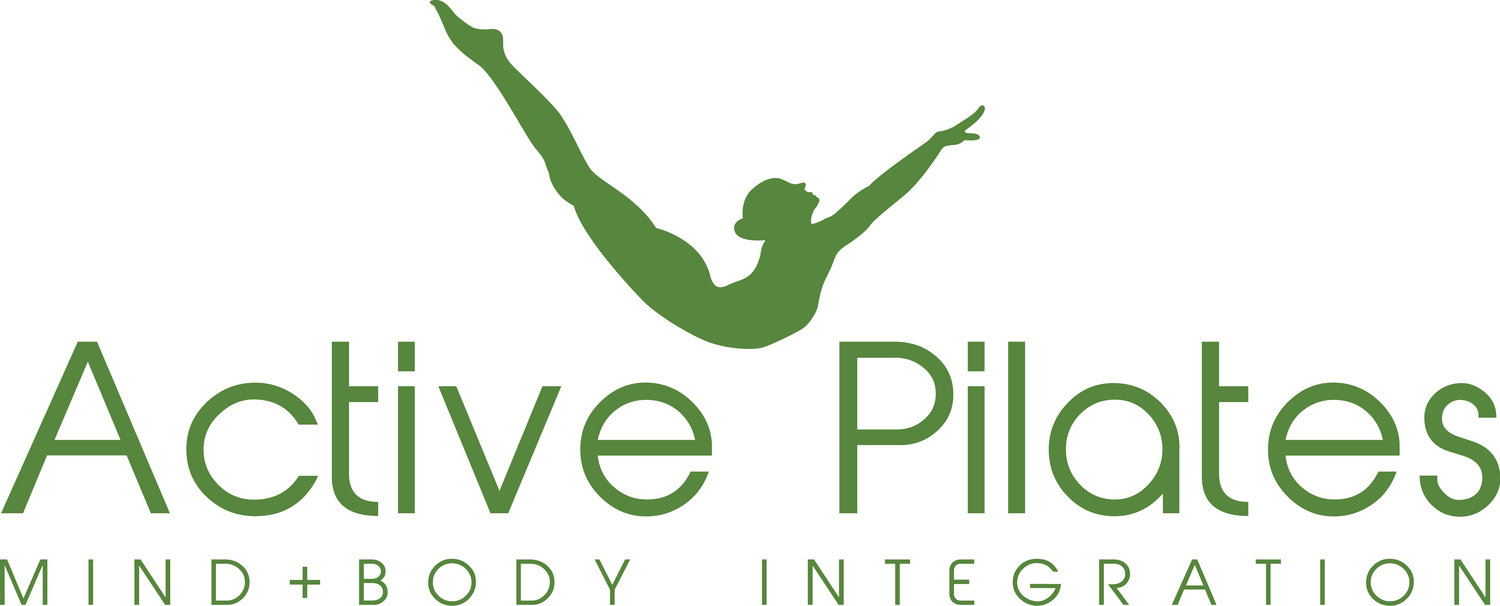How positive movement can help you manage chronic pain
No-one likes pain. Usually, your first instinct is to take some painkillers, go to bed, and hide from the world.
But often, movement is what you need.
Chronic musculoskeletal conditions affect up to 20% of Australians. This type of pain can really wear you down, affecting your mental health and your ability to cope with everyday ups and downs.
The many benefits of low-impact exercise for chronic pain
Work done by the International Association for the study of pain (IASP) confirms that physical activity has broad economic as well as health benefits.
Regular exercise impacts the musculoskeletal, cardiovascular, and central nervous systems. It helps reduce pain intensity, reduces fatigue, improves cognition, and lifts our mood. This can result in fewer days off work.
But this doesn’t mean you should take up marathon running or hit the gym every day.
It’s always important to take care of yourself to prevent any injury. You don’t want to exacerbate an injury unnecessarily, so doing something ‘low-impact’ is important.
Low resistance exercises, such as yoga and Pilates, are great ways of maintaining your body strength and flexibility.
Exercise is an effective therapy for many chronic conditions
Institute for Physical Activity and Nutrition researchers Dr. Clint Miller and Dr. Patrick Owen, in collaboration with national and international colleagues, wanted to examine how effective exercise is to treat musculoskeletal pain conditions such as chronic back pain, osteoarthritis and fibromyalgia.
“It’s important to stress that evidence shows exercise therapy is effective – more effective than standard medical care for chronic musculoskeletal pain - but that more work is needed to understand how it works so that we can improve and optimise therapies to get the best possible outcomes for patients,” said Dr Miller.
With positive movement, it’s all about ‘use it or lose it’
With a lack of movement, the body stiffens up. Muscles get weaker, tighter. Through movement, you can often relieve some stress and take your mind off the pain you’re feeling.
According to Katarina Smelikova, Active Pilates owner and instructor, “It takes longer to gain body strength and loosen up your muscles if you don’t exercise regularly. Some of my mature clients say, ‘use it or lose it’! And they are so right.”
“As we get older, many of us tend to be less active – and we’re also more prone to chronic pain,” explains Katarina. “As my husband Rob says ‘you have no idea what pain is before you turn 60!’”
By keeping active, you can help relieve chronic pain, without having to always resort to a pill. And it’s important to mix up your exercise routine. Both aerobic and strengthening exercises are important.
One study looked at chronic pain sufferers – including conditions such as rheumatoid arthritis, osteoarthritis, fibromyalgia, low back pain, intermittent claudication, dysmenorrhoea, mechanical neck disorder, spinal cord injury, post-polio syndrome, and patellofemoral pain.
The researchers found that “physical activity and exercise is an intervention with few adverse events that may improve pain severity and physical function, and consequent quality of life.”
Pilates helps build strength and flexibility to help you manage chronic pain
Pilates is a great way to help your body move and manage chronic pain. Under the supervision of an experienced Pilates instructor, you can coax your body into positive movement.
Katarina tells a story from one of her Pilates classes: “Recently, I stopped half of the class in the middle of a session. I wanted to understand why one of my new clients couldn’t do a ‘Roll Up’. Then it hit me. She was crunching (compressing) her torso while she was rolling up, so it was no surprise that she couldn’t do the movement. I tried to do it her way, and I couldn’t do it either”.
“I showed her how she needed to use her body, and she could do it. I was happy, she was pleased, and the rest of the class started clapping!”
As always, our advice is to start slowly and avoid pushing into severe pain.
There are so many benefits from exercise to help you cope with chronic pain
It builds muscle strength
Reduces fatigue
Helps you sleep better
Helps reduce pain sensitivity
Reduces inflammation, and
Helps lift your mood
The secret is to start moving – TODAY!


